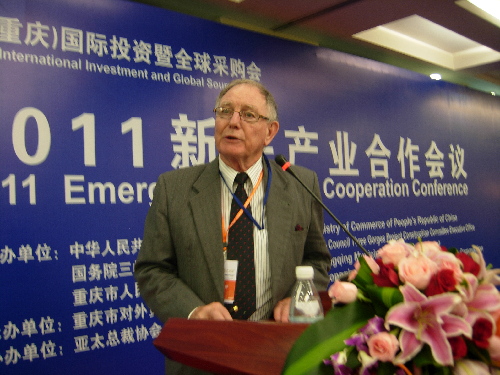
Topic: Emerging Business Models for New and Renewable Energy Commercialization Outlines: A successful Business Model must take full advantage of the: Commercial Environment,
Regulatory Framework, Financial Incentives available. Financing NRET is the initial hurdle! • Capture maximum value for the business, • Strong core capabilities, • Strong partner networks, • Provide value for all participants, • Respond to consumer requirements, • Control key elements of the value chain, • Ideally, have multiple revenue streams, • Hedge against product and other revenue price changes, • Seek Sustainability over time. But! Any model can fail if its basic drivers fail
Categories and Characteristics Heat and Power • Primary Energy usually free (Solar, Wind, Hydro), • Direct sale of Heat and Power to end user or utility grid, • Key focus: Conversion of primary energy to Heat and Power, financing Renewable Fuels (Biofuels) • Biomass costly to grow & harvest, low energy density, • Biofuels blended into transport fuels – existing infrastructure, • Key focus: Feedstock supply, biofuel production and distribution, financing Alternative Transport Fuels • Primary Energy feedstock a major cost component, • Distribution may involve substantial infrastructure cost, • Key focus: feedstock supply, conversion to fuels, fuel distribution, financing Capital Cost is a key focus
Heat and Power Models
Community Wind Models
Multi-party Ownership models for Anaerobic Digesters
Third Party Ownership model
Project Aggregation model
Renewables-as-Appliance models Retailer Sales model Standardised Configuration model New Construction model.
Environmental Credit Market models
There are many variants of these
Corporate Business models Farmer-Owned Business models Engineer/Builder-Owned models Franchise Business models Alternative Transport Fuels Models State Management models State Ownership models Third Party Ownership models Private-Public partnership models Free Market models Each of these can be successful in the right environment No Universal model; models employed depend on: • Energy type, • Project Size, • The Economy involved. Govts create the Environment: Business Models Accommodate, Implementation models may differ from Ongoing Business, All models will fail if unable to adapt to changes in: • commercial conditions, • pricing or cost structure, • customer acceptance, Success depends on people involved; partnerships established.
Consumer demand overcomes all!
Thank You! |

